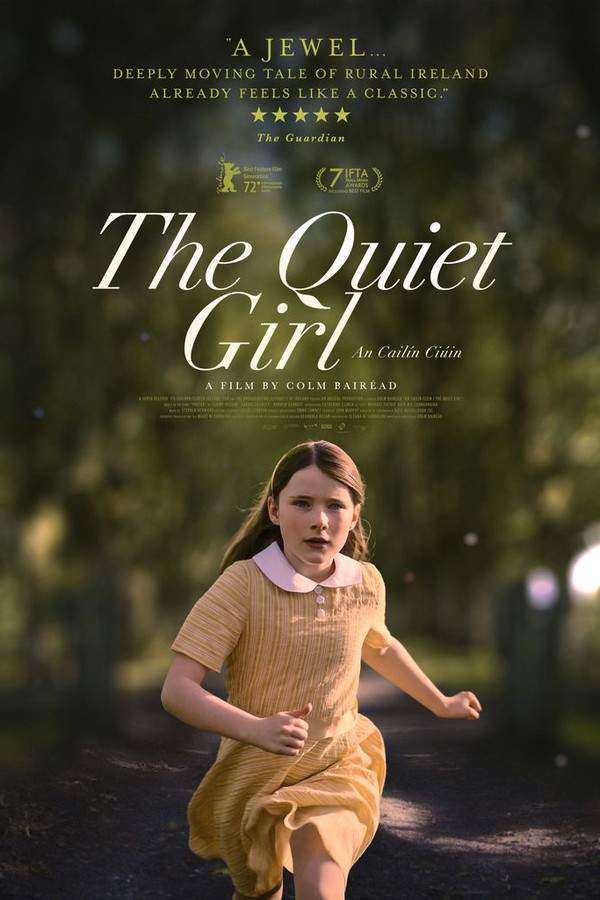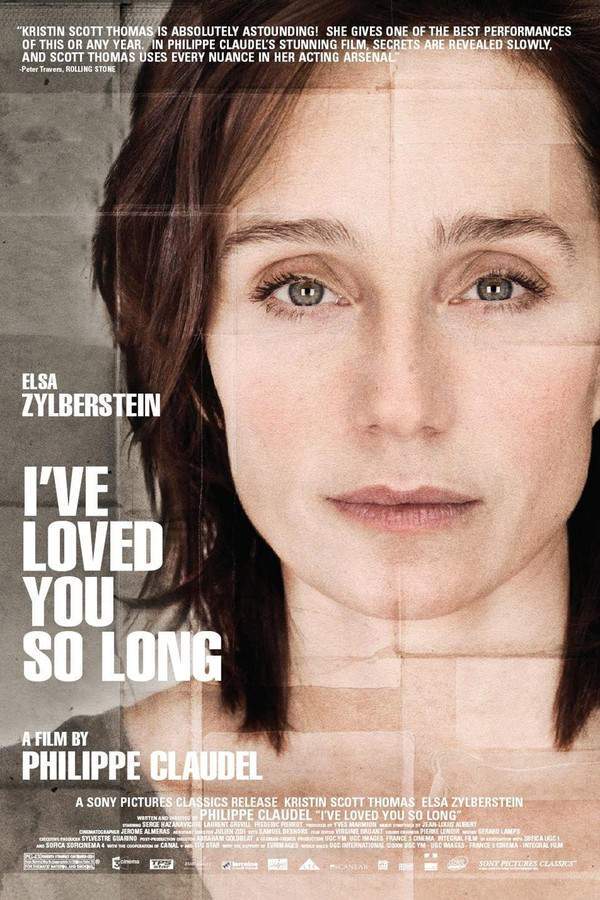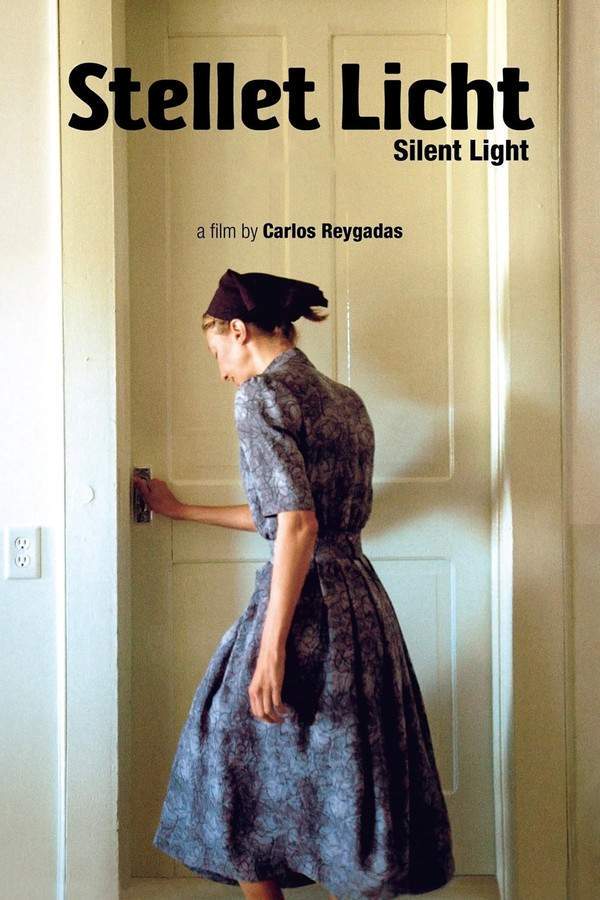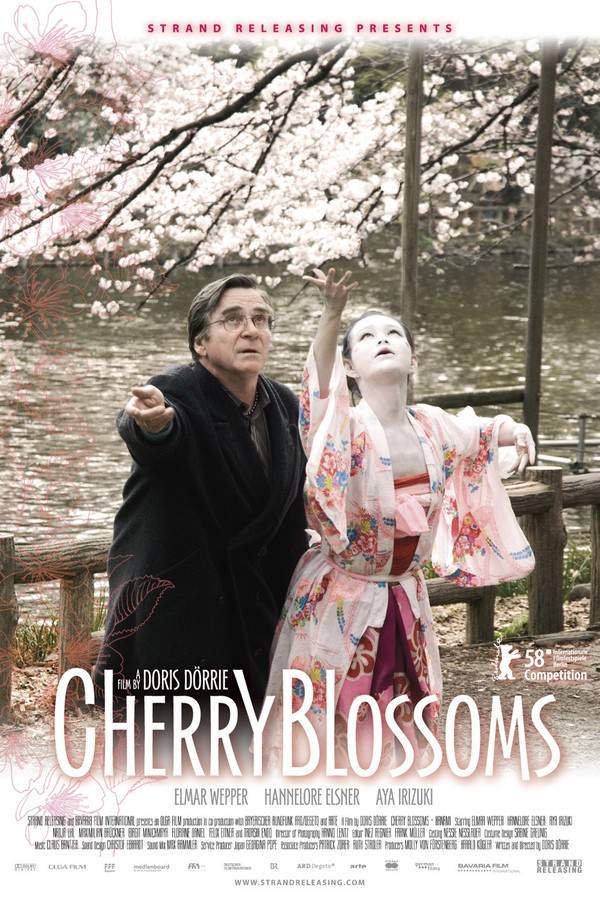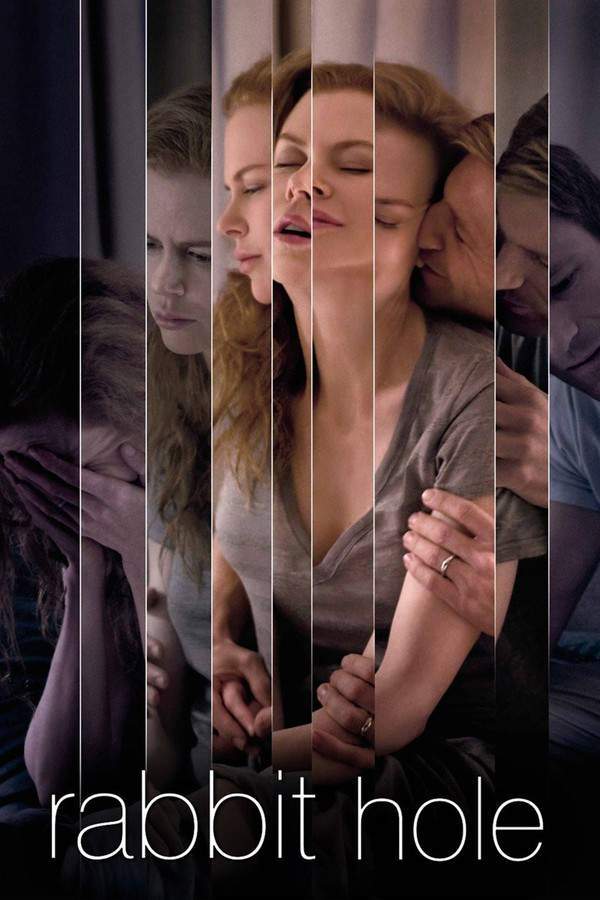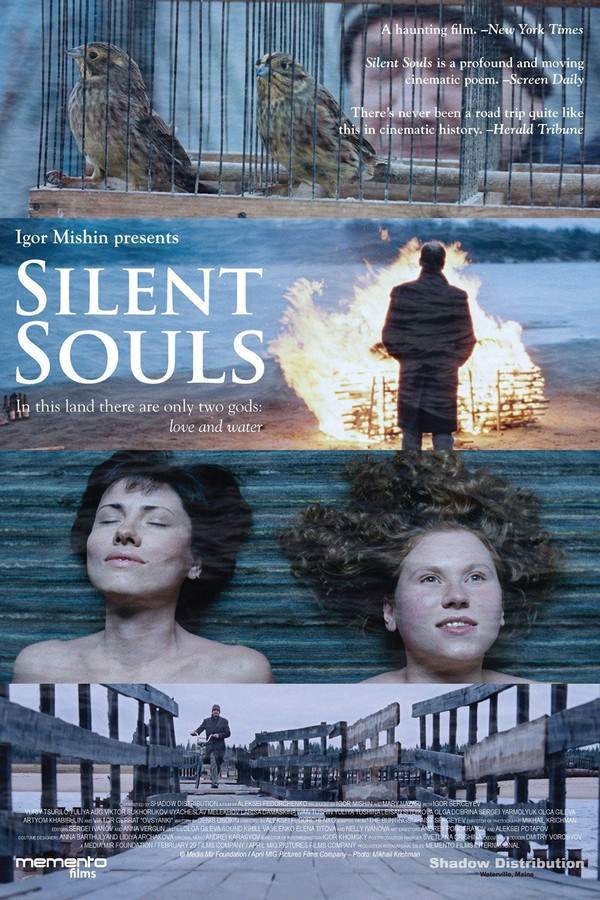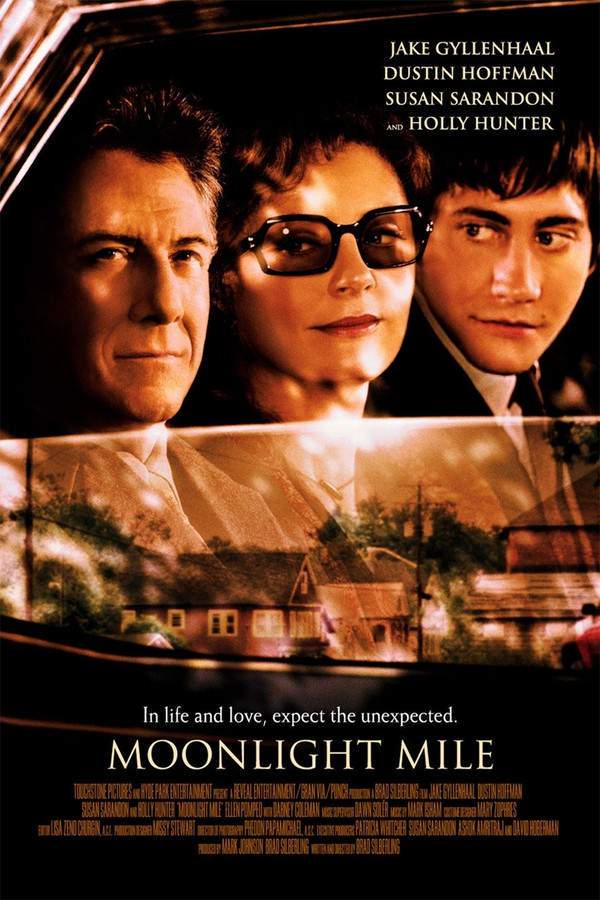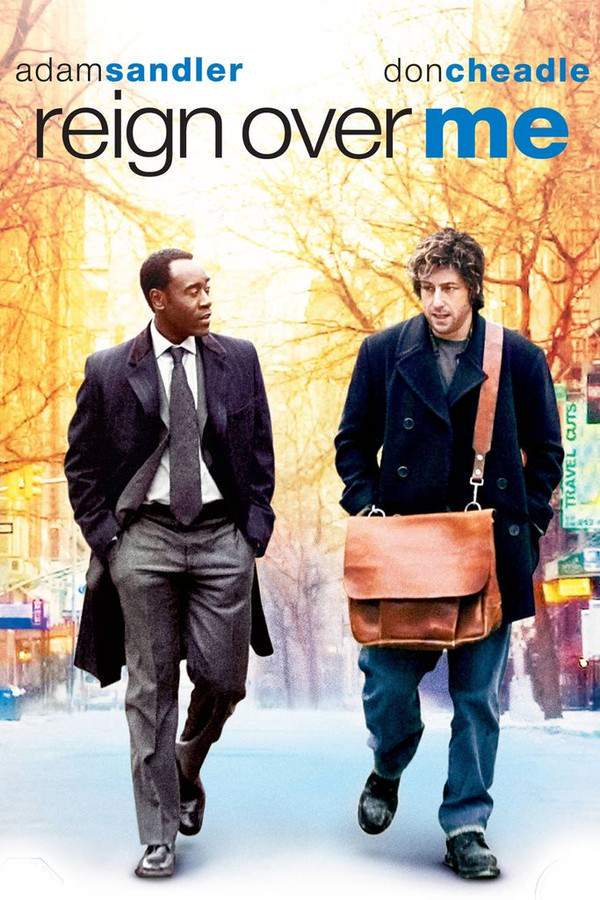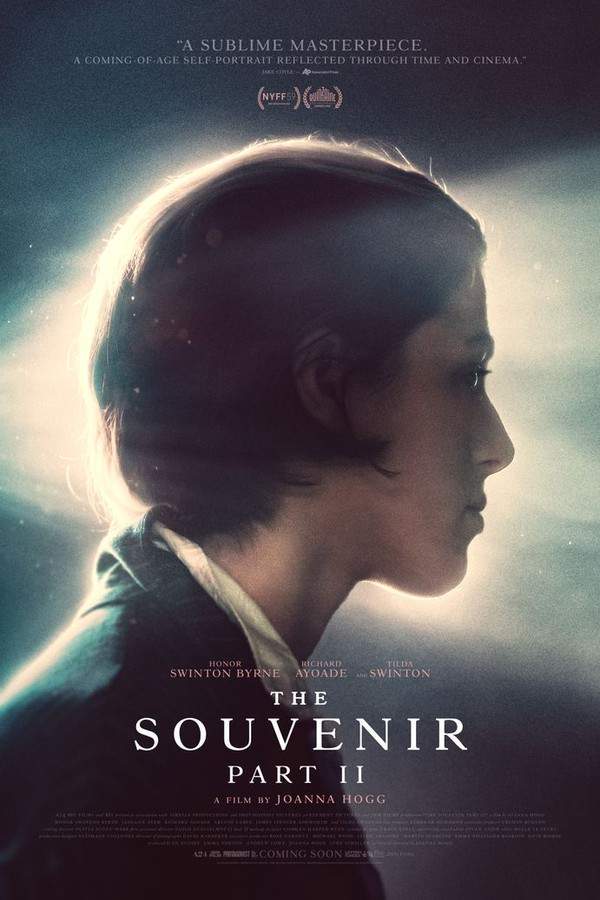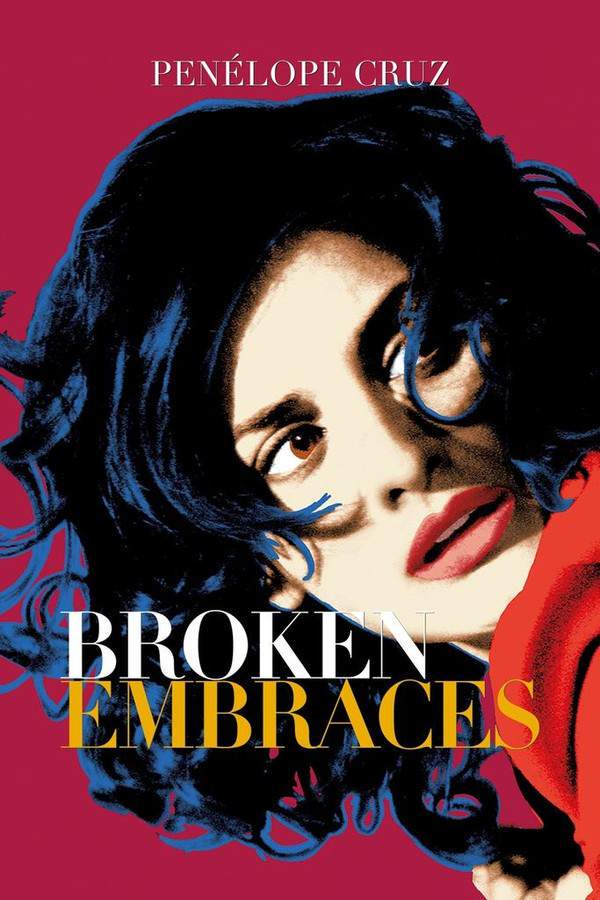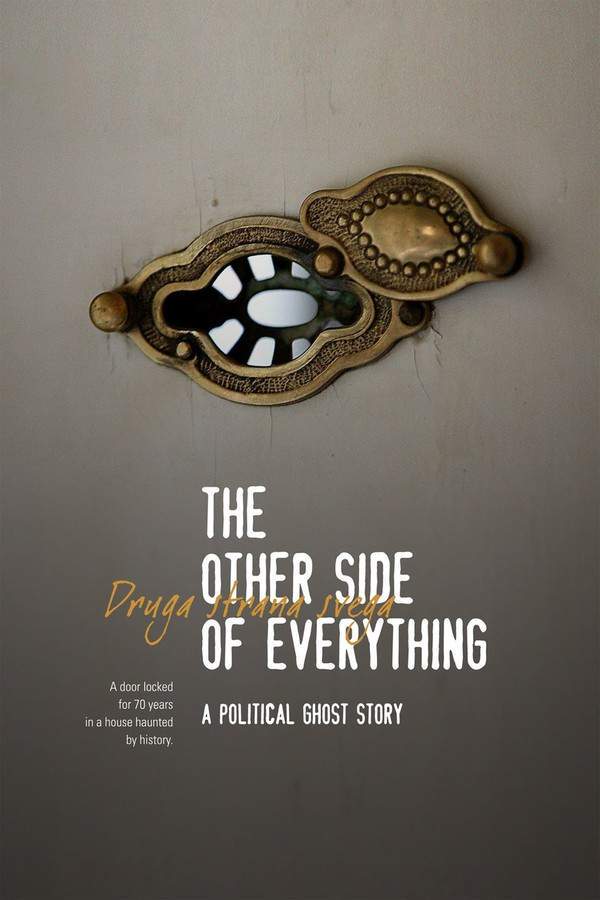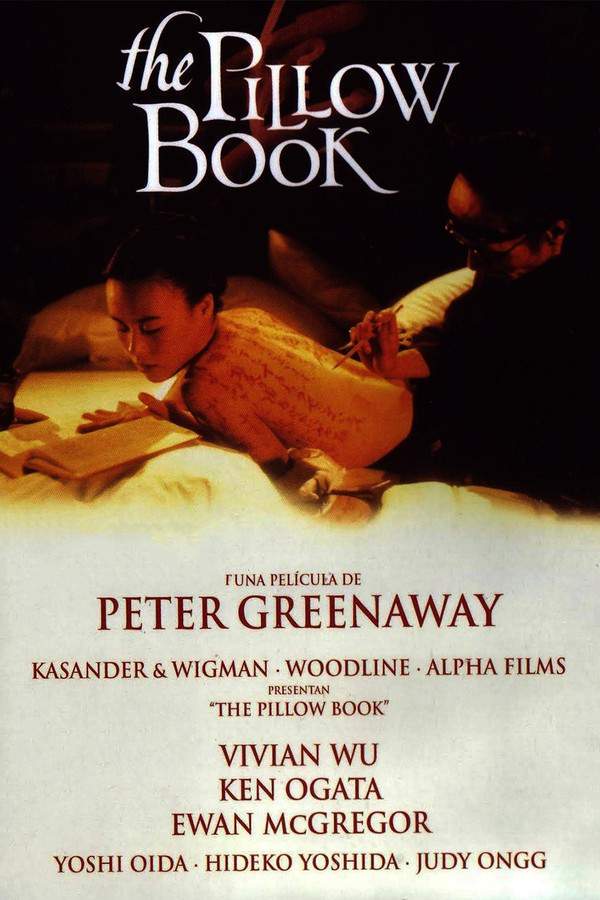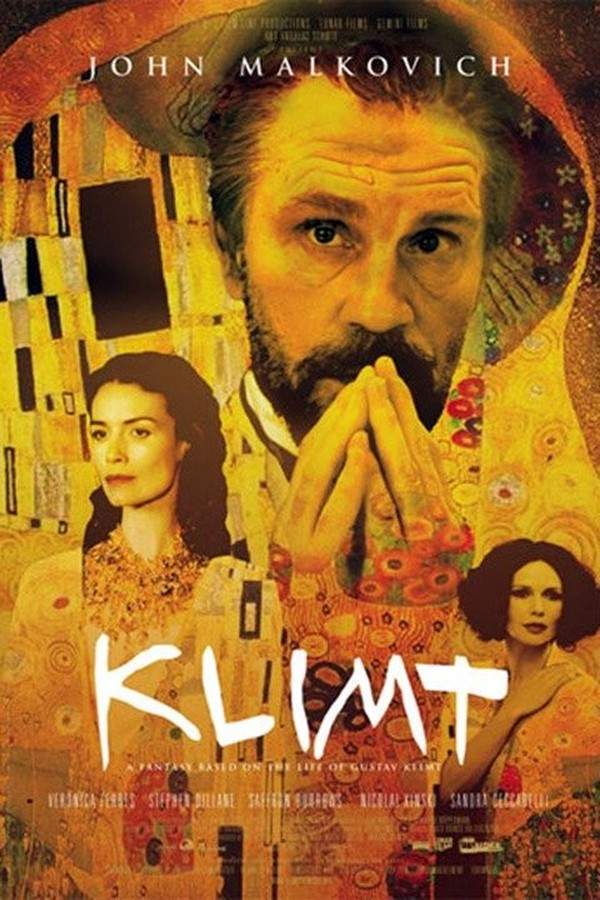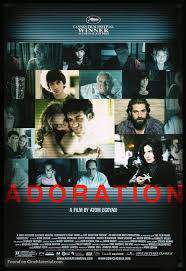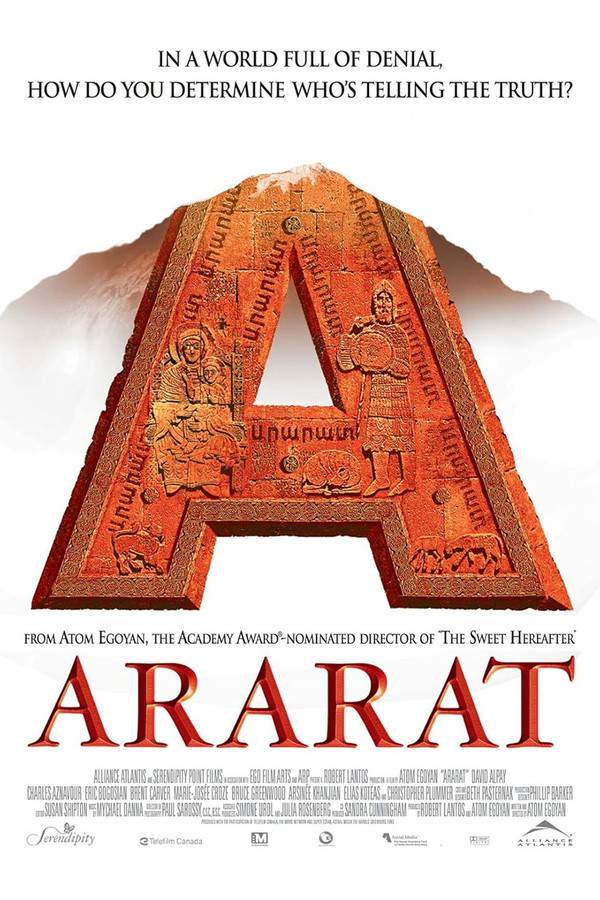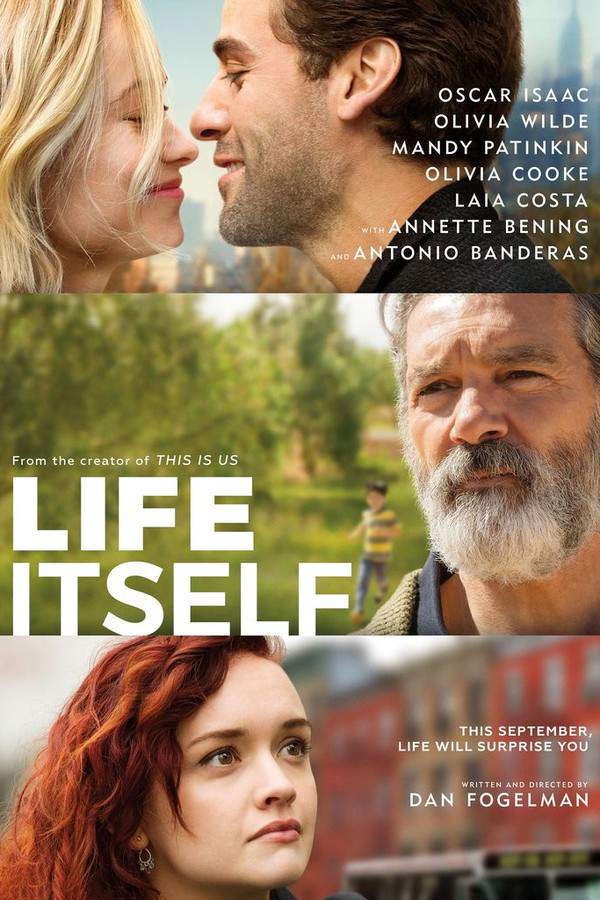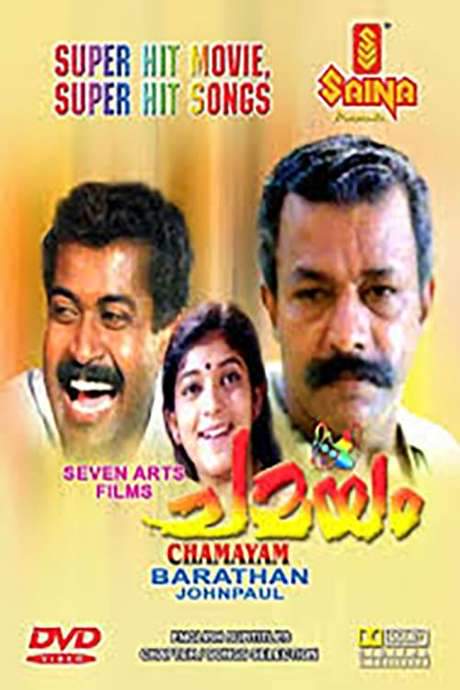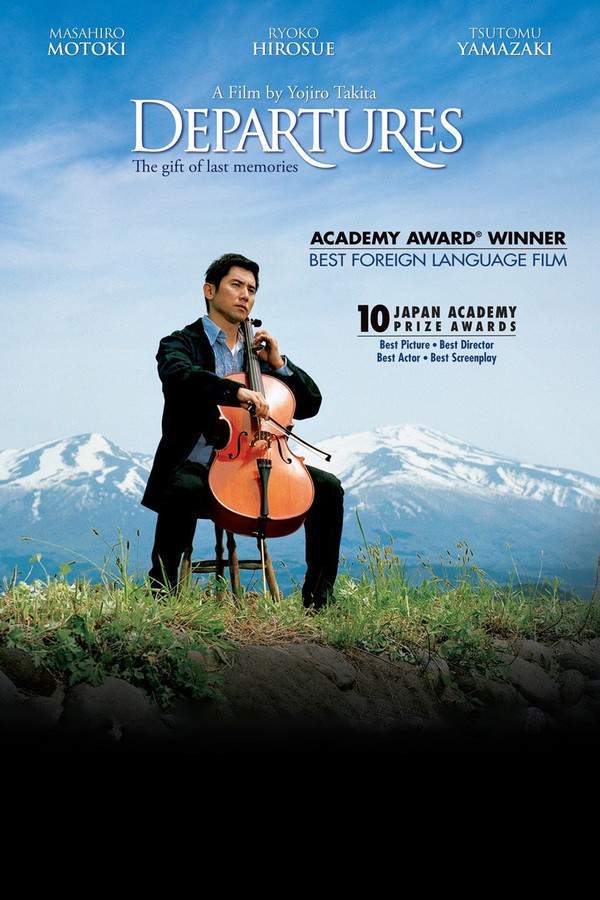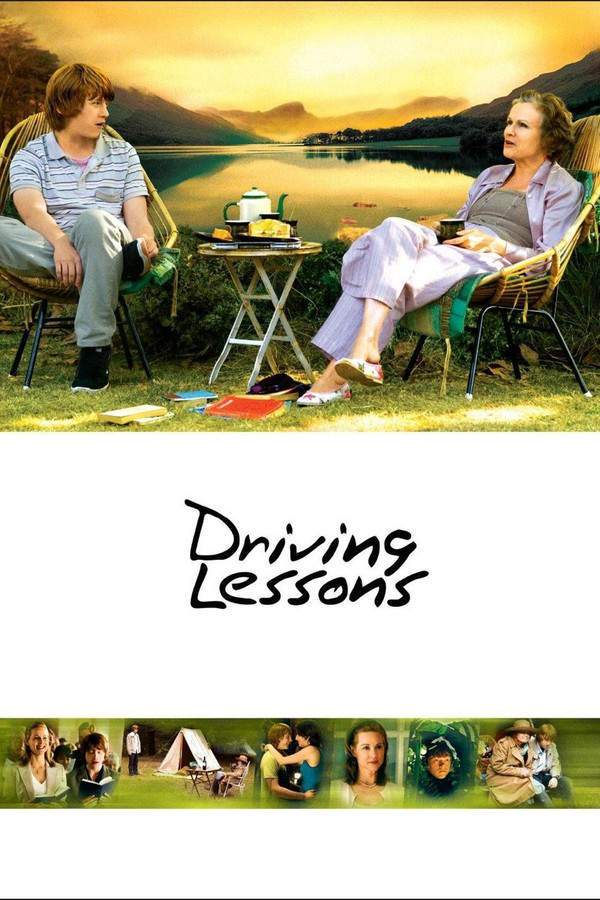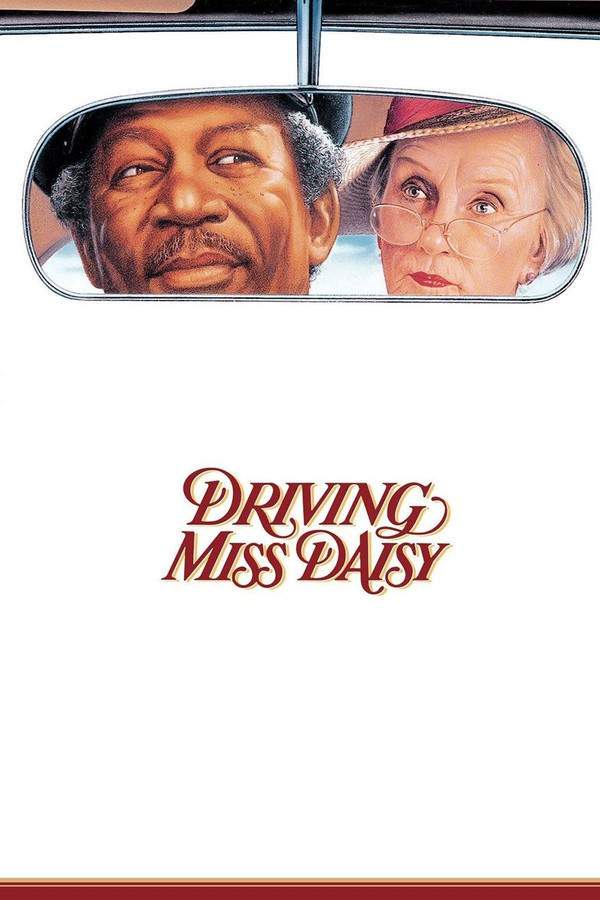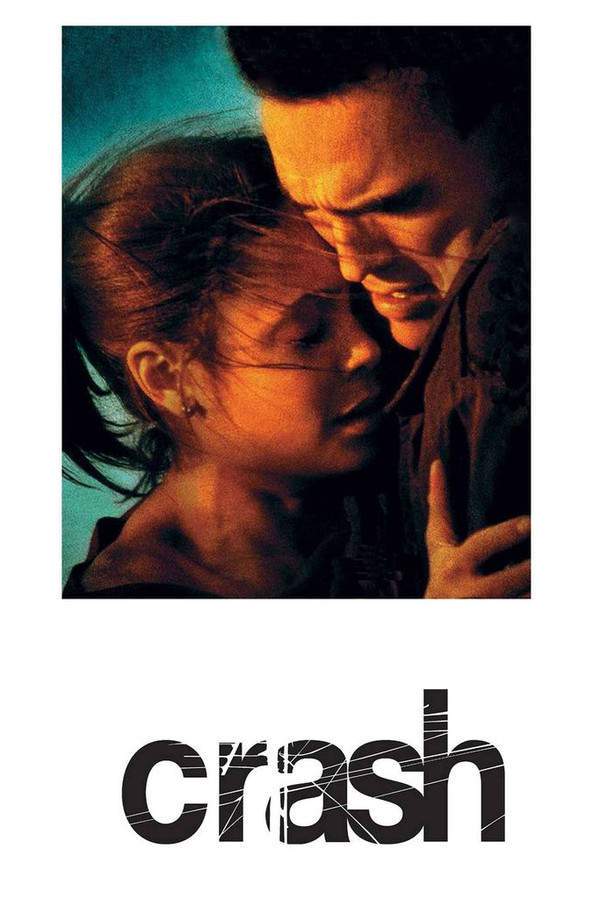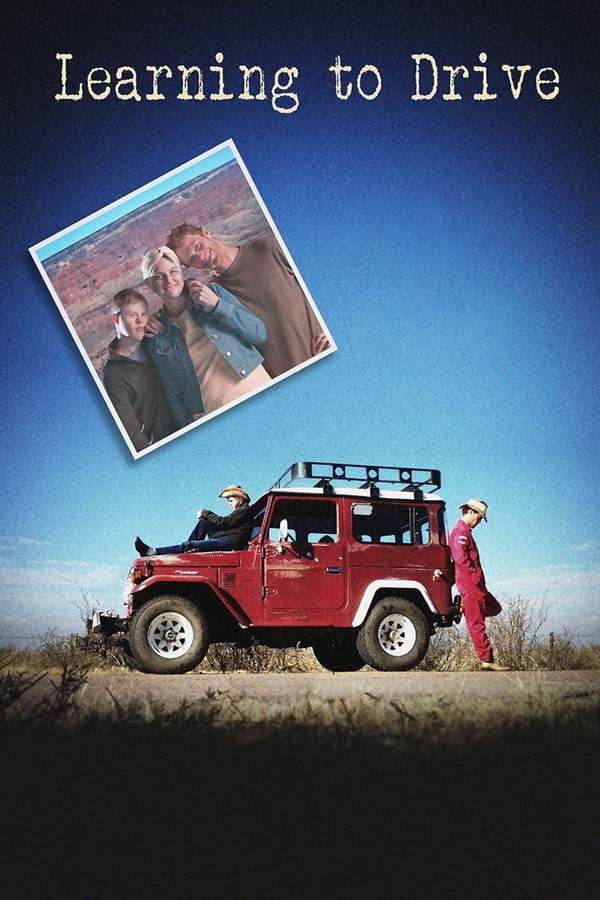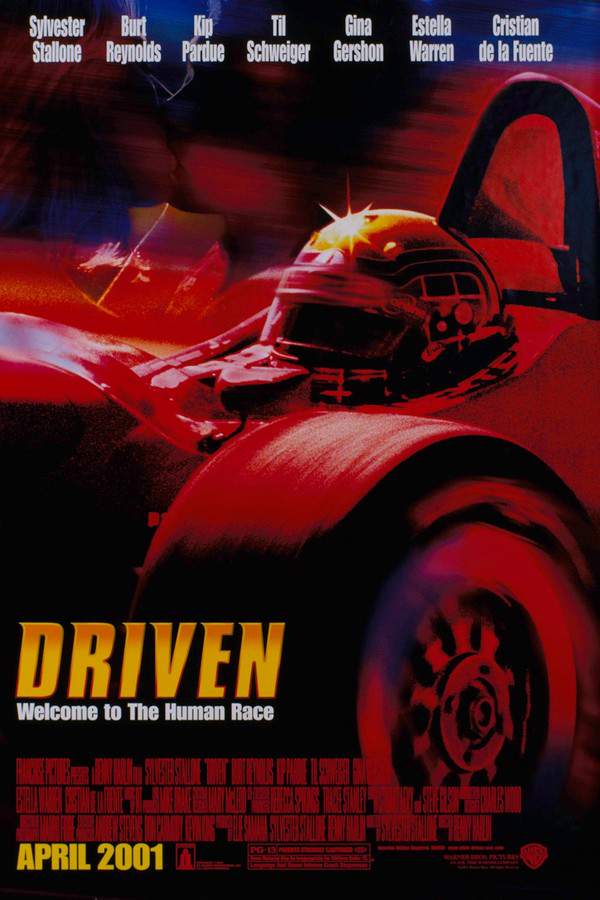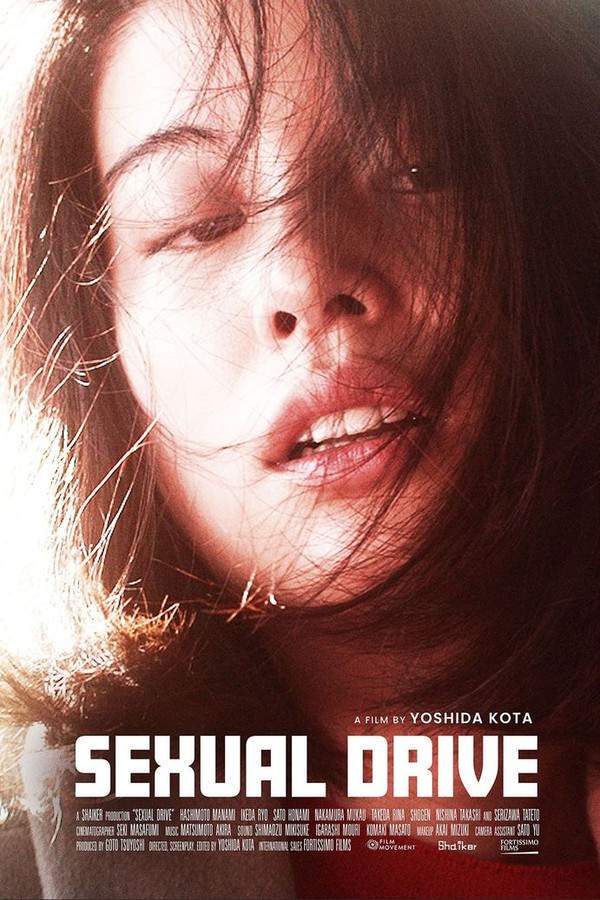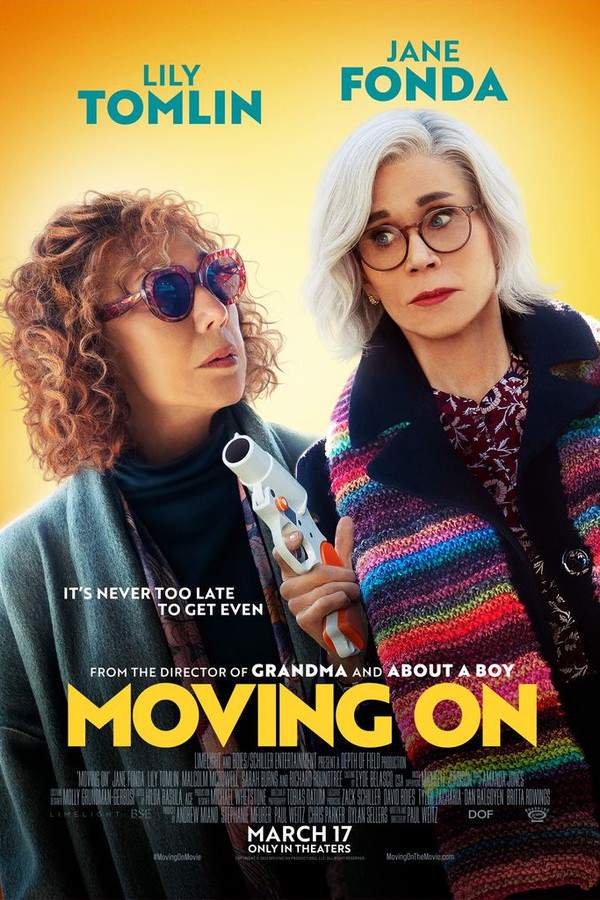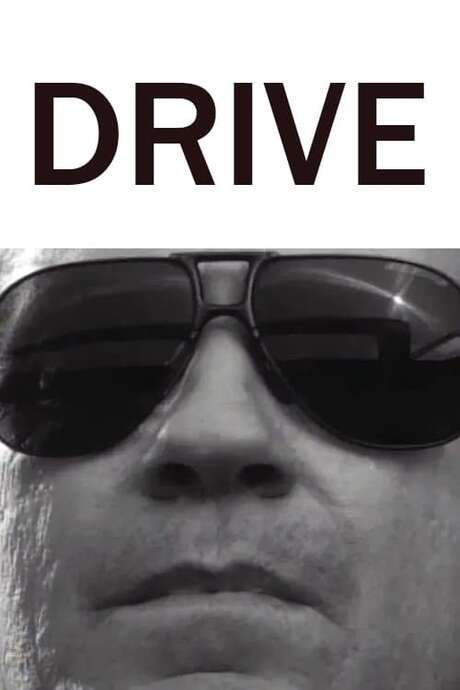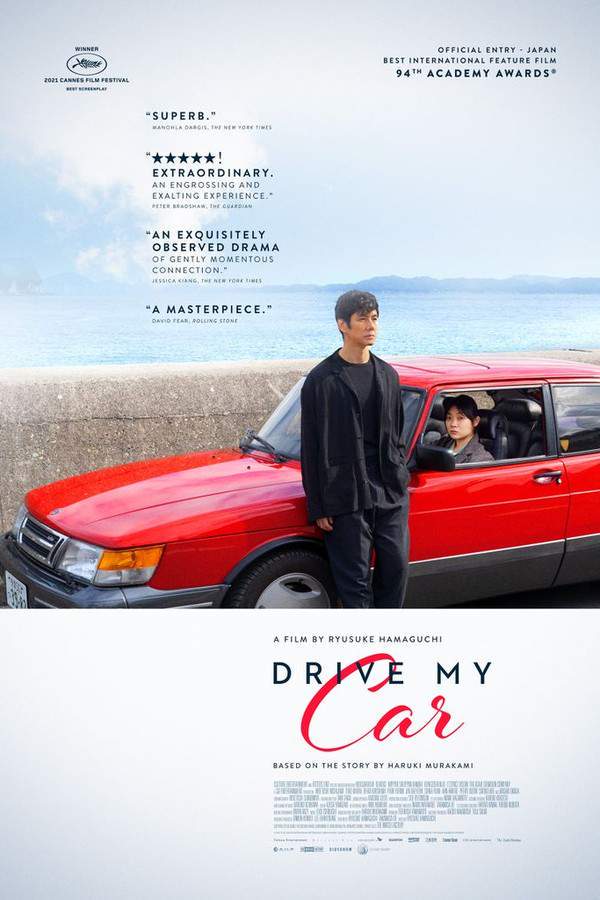
Drive My Car
Year: 2021
Runtime: 179 min
Language: Japanese
Director: Ryûsuke Hamaguchi
Echo Score: 80Budget: $1.3M
Following the death of his wife, a stage actor and director retreats to Hiroshima to direct a production of Chekhov's Uncle Vanya. He develops an unexpected connection with his reserved chauffeur, a young woman with secrets of her own. Through their shared experiences, Yusuke begins to confront painful memories and unravel the truth surrounding his wife’s death and the mysteries she left behind.
Warning: spoilers below!
Haven’t seen Drive My Car yet? This summary contains major spoilers. Bookmark the page, watch the movie, and come back for the full breakdown. If you're ready, scroll on and relive the story!
Drive My Car (2021) – Ending Explained & Final Scene Breakdown
Still thinking about how Drive My Car (2021) ended? Here’s a full breakdown of the ending, key final moments, major twists, and the deeper meaning behind the film’s conclusion.
In the final moments of “Drive My Car,” the focus is on the red Saab 900, a car that symbolizes more than just transportation—it represents the emotional and psychological journey of the characters. Yusuke’s deep connection to the car reflects his introspective nature and his unconscious desire to confront the feelings he has long avoided, especially regarding his wife Oto and his own grief. After losing her suddenly, Yusuke was cut off from fully experiencing his emotions, playing a role to hide his pain and mask his vulnerability. His glaucoma and the blind spot it caused mirrored his inability to see clearly inside himself, as well as his relationships, especially with Oto.
In the ending, Misaki takes control of the car, driving it forward—literally and metaphorically—signifying her own acceptance of her pain and her step toward emotional independence. She no longer depends on Yusuke or the past; instead, she charts her own path, owning her experiences and wounds. While life is still filled with suffering, she understands that it’s part of living, and she must keep moving forward until she reaches peace. The act of her driving the car—an object deeply tied to Yusuke’s memories—says that she is stepping into a future where she can face her truths openly. The film ends on a note of quiet resilience, emphasizing that healing is a gradual process, and despite the pain, life must continue. The red Saab thus becomes a symbol of their shared story of loss, acceptance, and the fragile hope of eventual peace.
Last Updated: June 25, 2025 at 08:57
Explore Movie Threads
Discover curated groups of movies connected by mood, themes, and story style. Browse collections built around emotion, atmosphere, and narrative focus to easily find films that match what you feel like watching right now.
Movies about healing through shared silence like Drive My Car
Stories where unspoken understanding and quiet companionship mend profound emotional wounds.Find movies like Drive My Car that explore quiet companionship and emotional healing. If you appreciated the profound connection built through silence between Yusuke and his driver, this thread features similar stories where unspoken understanding helps characters navigate grief and trauma.
Narrative Summary
Narratives in this thread often begin with characters in deep isolation, grappling with a private sorrow. Their paths cross with another individual, and through a series of shared, often mundane activities—like driving, working, or creating—a bond forms without the need for extensive dialogue. The emotional journey is internal and gradual, moving from isolation toward a fragile but meaningful connection that offers a path forward, if not a full resolution.
Why These Movies?
Movies are grouped here because they share a specific mood of melancholic quiet, a slow, introspective pacing, and a core theme of healing that occurs outside of explicit conversation. They prioritize atmosphere and character interiority over plot-driven action, creating a deeply reflective and cathartic viewing experience.
Movies where art reflects life like Drive My Car
Where the creative process becomes a vessel for confronting personal tragedy and hidden truths.Discover films similar to Drive My Car where the creative process mirrors personal drama. If you liked how the Uncle Vanya play in the movie echoed the characters' infidelity and grief, this collection features stories where theater, writing, or other art forms help characters uncover painful truths.
Narrative Summary
Stories in this thread often feature a protagonist who is an artist or is involved in a creative project. As they work, the themes of their art begin to collide with their own unresolved issues, forcing them to face painful memories, deceptions, or losses. The rehearsal room, the writer's desk, or the studio becomes a psychological space where the boundaries between performance and reality blur, leading to moments of stark self-recognition and emotional reckoning.
Why These Movies?
These movies are connected by their central use of an artistic medium as a narrative device to explore internal conflict. They share a complex structure, a melancholic or bittersweet tone, and a heavy emotional weight, as the act of creation is portrayed as both a painful excavation and a potential path to understanding.
Unlock the Full Story of Drive My Car
Don't stop at just watching — explore Drive My Car in full detail. From the complete plot summary and scene-by-scene timeline to character breakdowns, thematic analysis, and a deep dive into the ending — every page helps you truly understand what Drive My Car is all about. Plus, discover what's next after the movie.
Drive My Car Summary
Read a complete plot summary of Drive My Car, including all key story points, character arcs, and turning points. This in-depth recap is ideal for understanding the narrative structure or reviewing what happened in the movie.
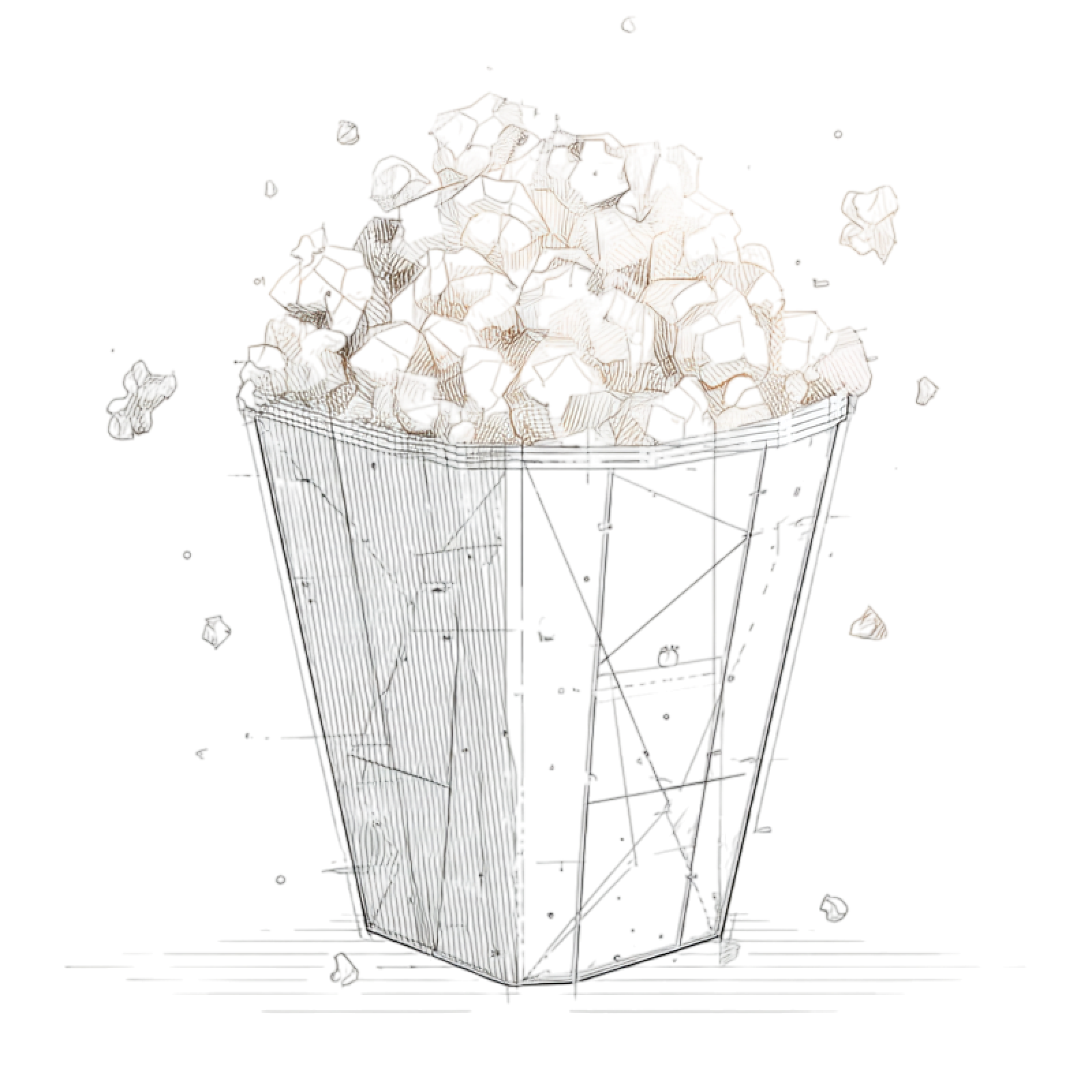
Drive My Car Timeline
Track the full timeline of Drive My Car with every major event arranged chronologically. Perfect for decoding non-linear storytelling, flashbacks, or parallel narratives with a clear scene-by-scene breakdown.

Characters, Settings & Themes in Drive My Car
Discover the characters, locations, and core themes that shape Drive My Car. Get insights into symbolic elements, setting significance, and deeper narrative meaning — ideal for thematic analysis and movie breakdowns.

Drive My Car Spoiler-Free Summary
Get a quick, spoiler-free overview of Drive My Car that covers the main plot points and key details without revealing any major twists or spoilers. Perfect for those who want to know what to expect before diving in.

More About Drive My Car
Visit What's After the Movie to explore more about Drive My Car: box office results, cast and crew info, production details, post-credit scenes, and external links — all in one place for movie fans and researchers.

Similar Movies to Drive My Car
Discover movies like Drive My Car that share similar genres, themes, and storytelling elements. Whether you’re drawn to the atmosphere, character arcs, or plot structure, these curated recommendations will help you explore more films you’ll love.
Explore More About Movie Drive My Car
Drive My Car (2021) Plot Summary & Movie Recap
Drive My Car (2021) Scene-by-Scene Movie Timeline
Drive My Car (2021) Movie Characters, Themes & Settings
Drive My Car (2021) Spoiler-Free Summary & Key Flow
Movies Like Drive My Car – Similar Titles You’ll Enjoy
Departures (2009) Spoiler-Packed Plot Recap
Driving Lessons (2006) Spoiler-Packed Plot Recap
Driving Miss Daisy (1989) Story Summary & Characters
Crash (1997) Detailed Story Recap
Learning to Drive (2015) Full Summary & Key Details
Driven (2001) Plot Summary & Ending Explained
Sexual Drive (2022) Full Movie Breakdown
Moving (2024) Full Movie Breakdown
Driving with My Wife’s Lover (2007) Film Overview & Timeline
Drive (1991) Story Summary & Characters
Driving Mum (2022) Spoiler-Packed Plot Recap
A New Love in Tokyo (1994) Story Summary & Characters
The Yellow Handkerchief (1977) Spoiler-Packed Plot Recap
The Long Drive (1975) Story Summary & Characters
A Japanese Tragedy (1953) Spoiler-Packed Plot Recap

